Clinical Simulation Center
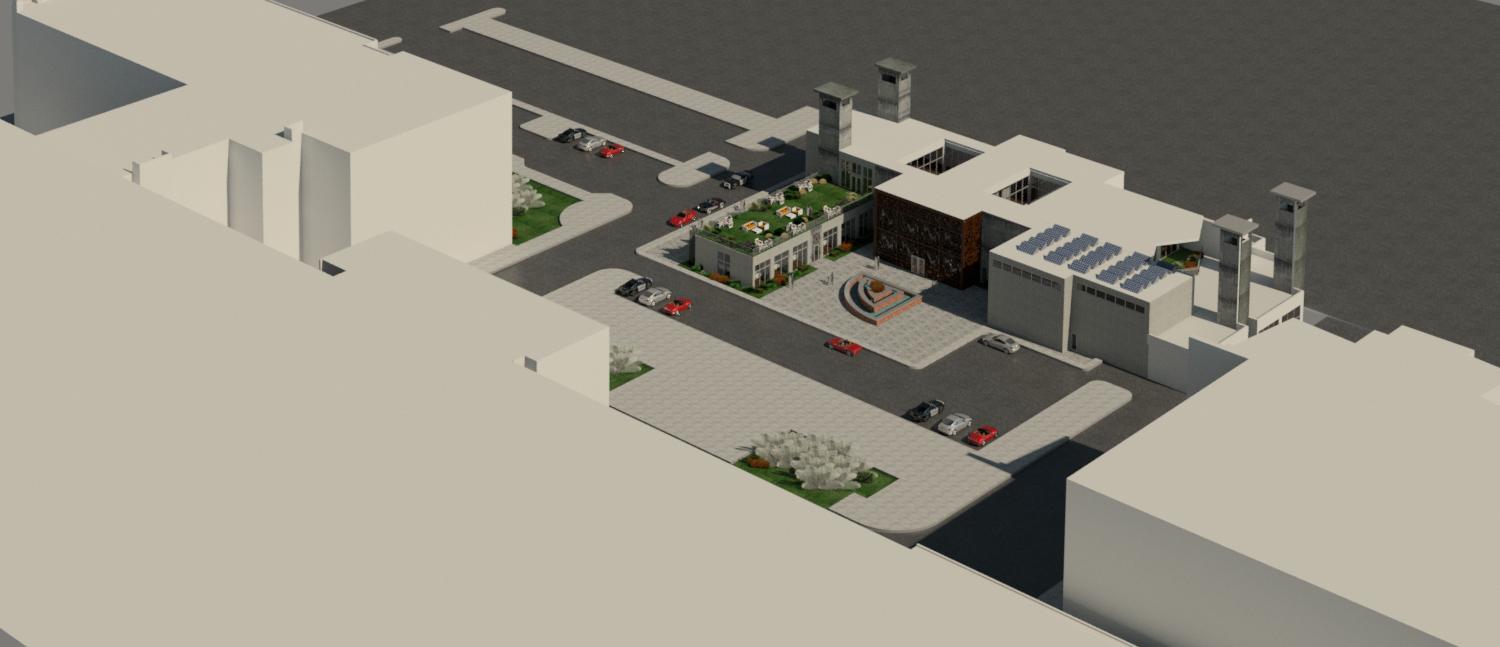 Eman Nasrallah
Eman Nasrallah
Debajyoti
Pati, Professor
Texas Tech University
College of Human Sciences
Department of Design
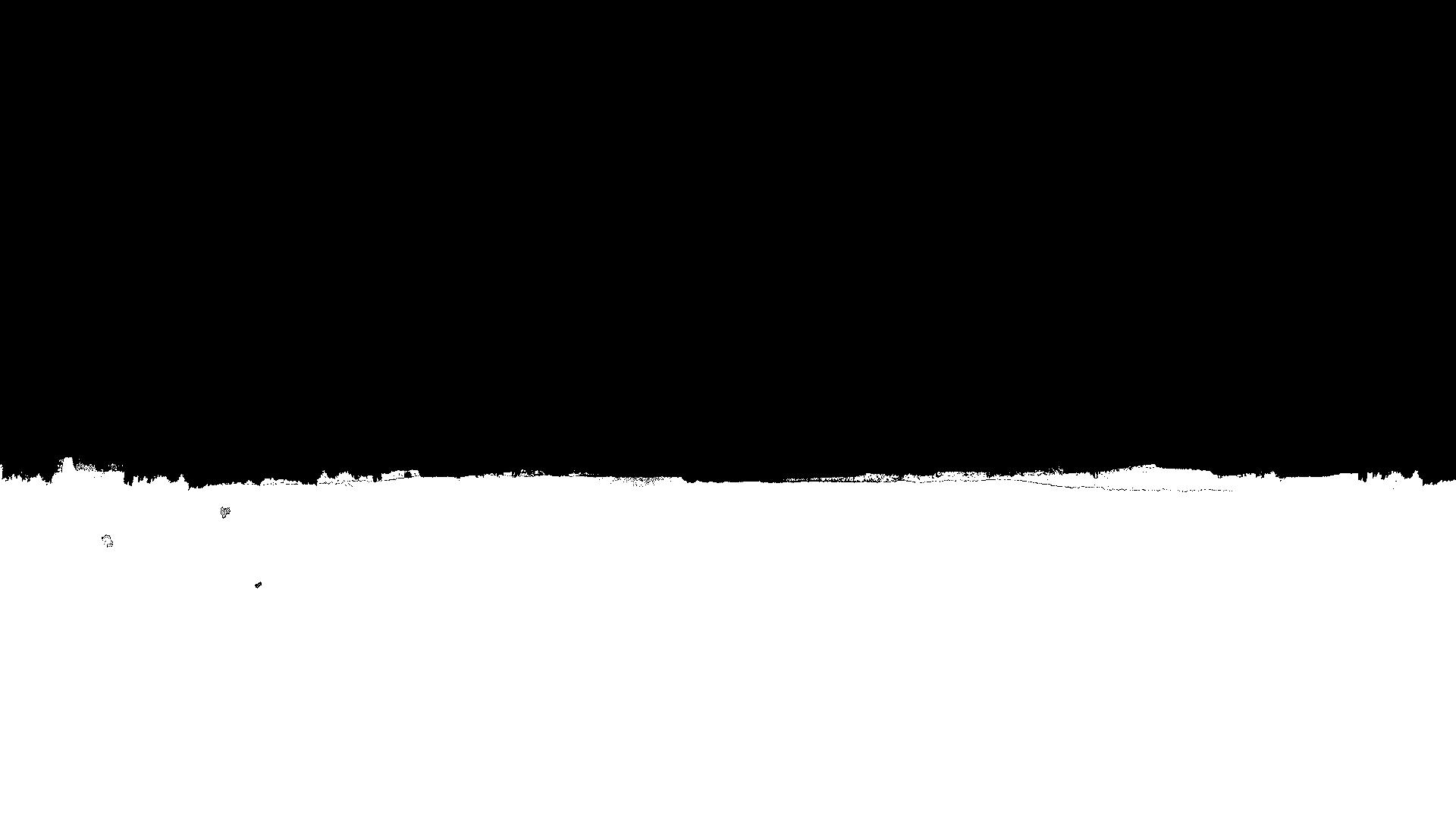
Spring 2017









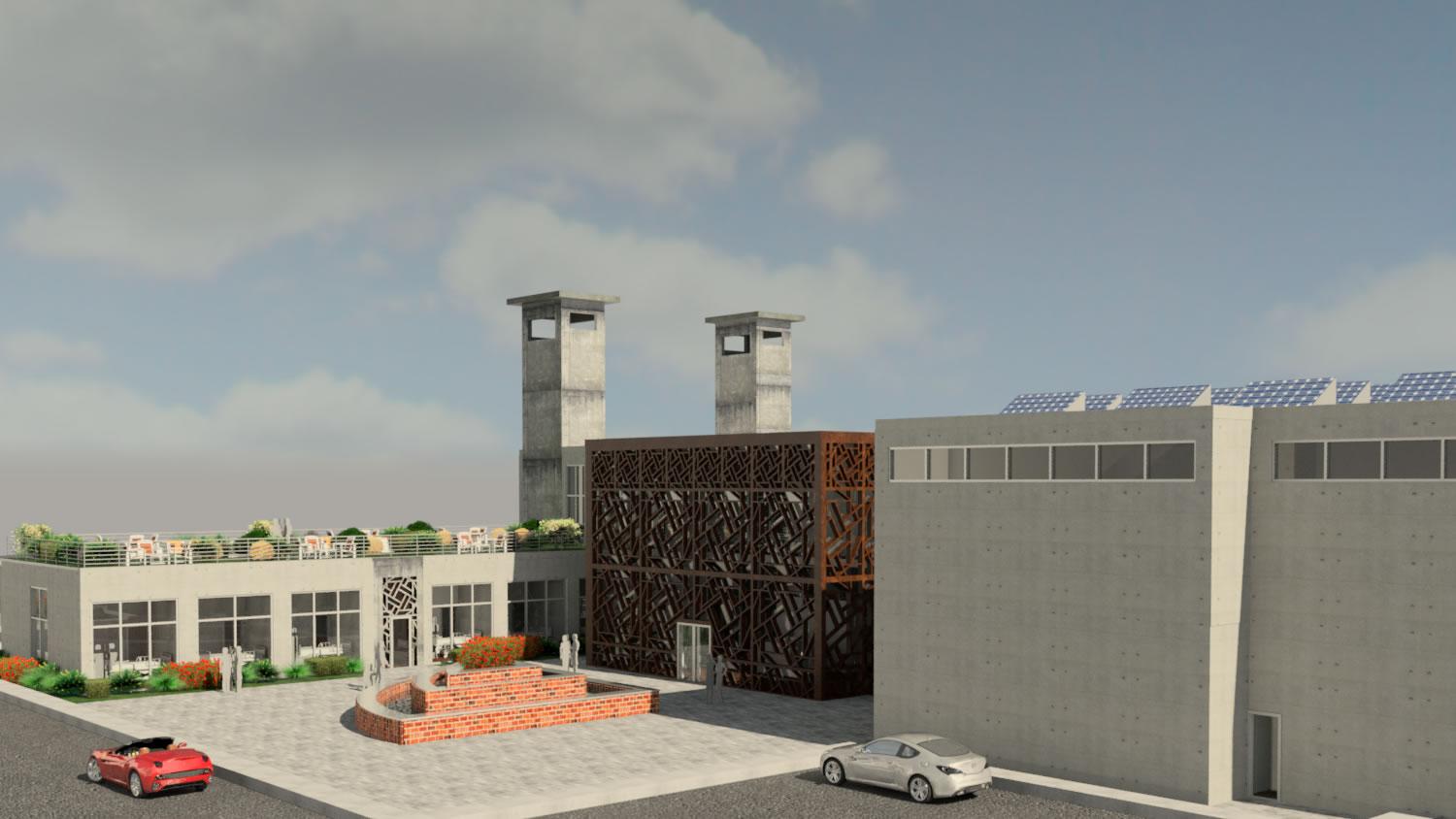
1 Introduction This project, located in Lubbock city, The mean aim of this project is to came with passive solar strategies, the best strategies to reduce heat load, Strategies to reduce energy use and sustainable design strategies Project information Monthly Climate Statistics & Wind Study Summer & Winter Solar Study Summer Winter Site Analysis Floor Plans Exam Rooms Sim Rooms Surgery Rooms Debrief rooms Auditoriums Resource Center Pharmacy Courtyards Storages Restrooms Mech & Elec Offices Conference Work Area Green Roof & Courtyards Restrooms Storages
Strategies to Reduce Energy Use Light Sources
The plan shows the reach of the light on floor, which is 15 feet away from the windows



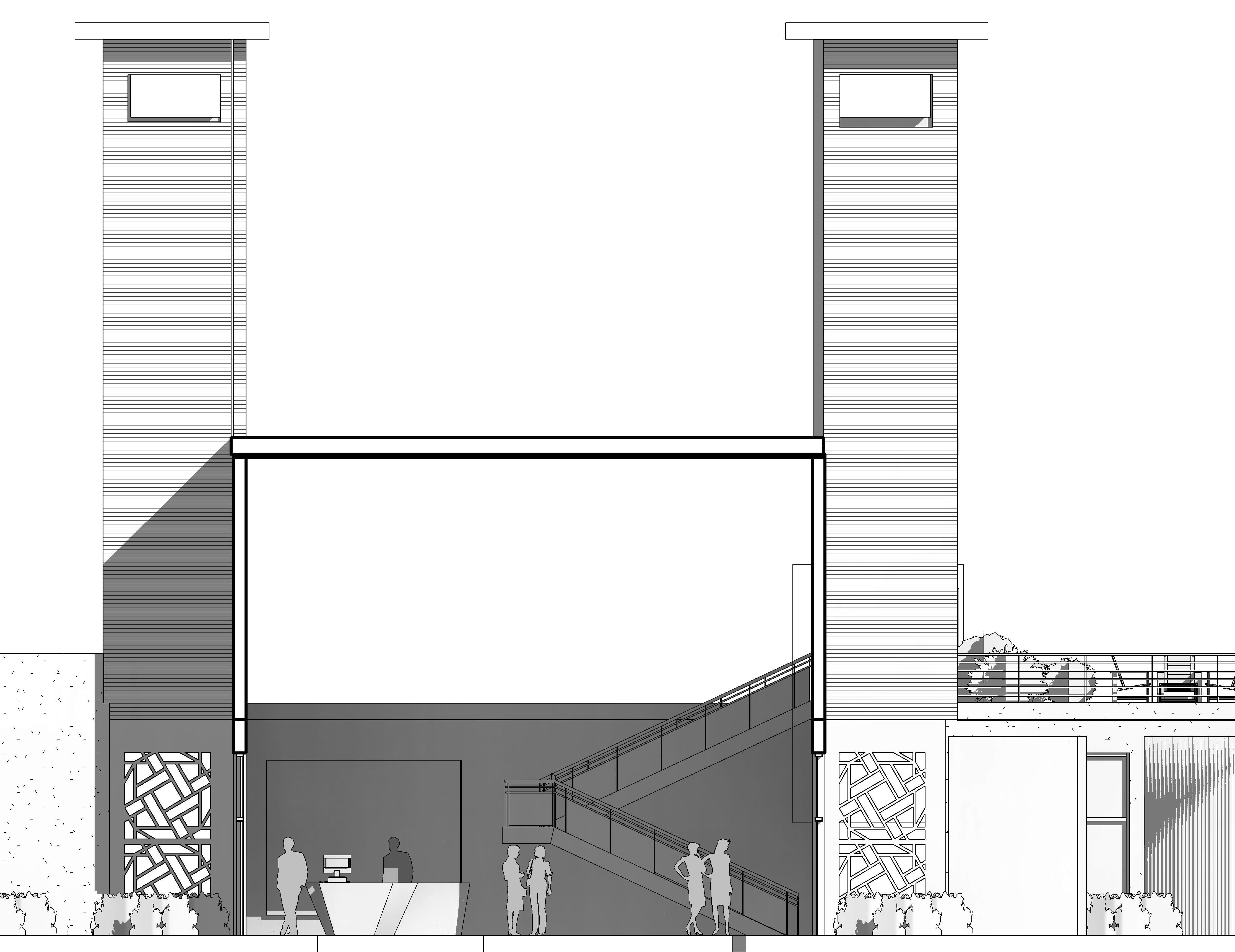






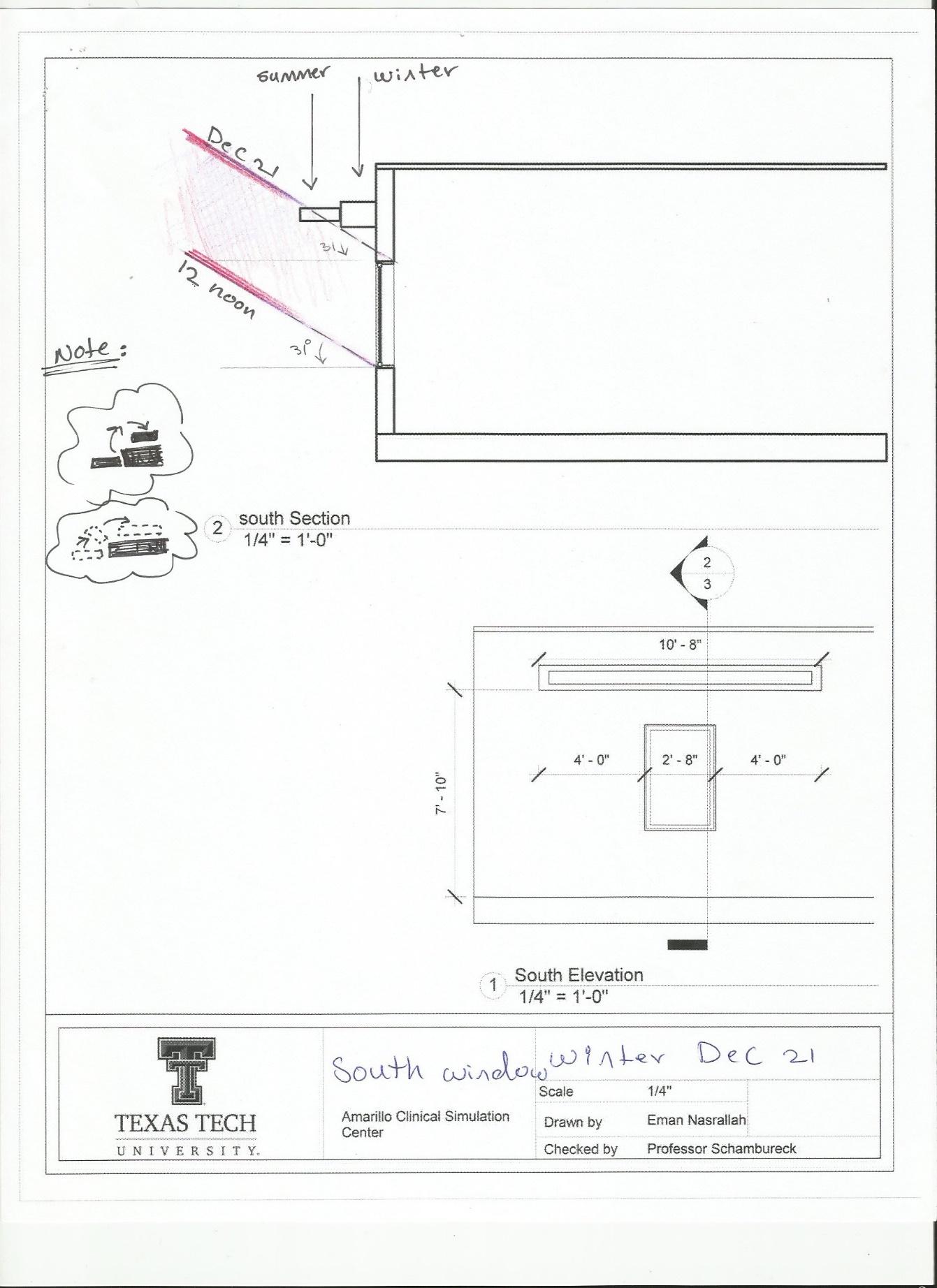



Shading South Façade
Strategies to reduce heat load
Cross Ventilation
One of the most common means of cooling is comfort ventilation to help cool the interior of a space For a West Texas climate, cooling could be accomplished by having small window openings in the top of the walls and another opening below in the interior walls that can move the hot breeze out from the interior places; it can also cool the thermal mass Moreover, some opening in the suite doors that faces the corridors in the simulation center and having ventilation slots in the bathroom could also help complete the cooling cycle, and will help ventilate the place better Using windows that can move up and down can provide shading and ventilation systems Additionally, the use of glazing, which has a very low U-value of 0 78 W/m2K, for the windows can reduce transmission losses and create the “greenhouse” effect Also, it could be better to use sensors to close the windows automatically when the temperature is high in the interior spaces During summers, the cooling can become an issue that is hard to solve using passive cooling, but using this technique can help use less energy to cool the space
Shading West Façade

Double Skin Façades


that face east and west can provide natural ventilation and passive cooling The system was created for use in a different way during summer and winter, according to the weather The glass in the summer can reflect solar radiation with a system of lamellas to shade the sun Meanwhile, in the winter, the system is closed, and thereby keeps hot air inside the simulation center Applying the double skin façades can help improve the daylight conditions and reduce the use of electricity Double skin façades can solve several issues of passive heating and cooling Furthermore, the design of the existing façades needs be changed in order to implement

correctly
Wind Towers
One good solution to be used in this project is wind towers that could be designed in the East and West area, according to the wind directions This technique was created many centuries ago to provide ventilation These towers can help direct the breeze to come into the interior through the chimney and refresh the air by allowing the air to move through the corridors Also, the window panels along the west side of the building used for shading can help in ventilation too

Ibtihaj Alsadun & Eman Nasrallah 2 Sun Angle On Section At 12 noon A wooden entry in the south façade with big and small patterns is inspired by "the mashrabiya," which is an old Arabic technique to cool interior spaces and to minimize the amount of light entering the building The small pattern in the top of the walls will be used to ventilate the space, and it has sensors to close the glass windows behind the wooden patterns automatically Time of year Time of day Altitude Azimuth Winter Dec 21 South Façade 8 am 8 53 10 am 24 30 12 noon 31 0 2 pm 24 30 4 pm 8 53 Sun Angle on Floor Plan Full Shade & Full Sun Line
It is difficult to shade the west side of the building Therefore, the goal for west window is just to shade as much as possible After identifying the full shade angle for the west side, it was found that using vertical fins is one of the best options Furthermore, for the west entry, the same wooden pattern used in the south façade will be used Time of year Time of day Altitude Azimuth Summer June 21 West Façade 6 am 13 107 8am 37 94 10 am 61 72 12 noon 77 0 2 pm 61 72 4 pm 37 94 6 pm 13 107 Full Shade Line Light Sources The plan shows the reach of the light on floor, which is 15 feet away from the windows Glass façades
the double skin glassing
Inspired by The Mashrabiya
Floor Plan Level 1 Floor Plan Level 2 South Section, Double Height -ve +ve -ve Sun Angle on Floor Plan
Section West Side
Sustainable Design Strategies



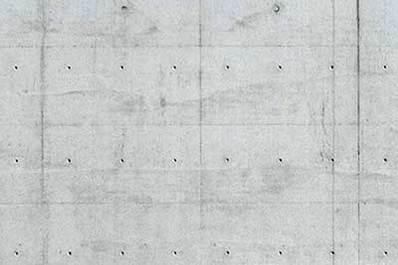


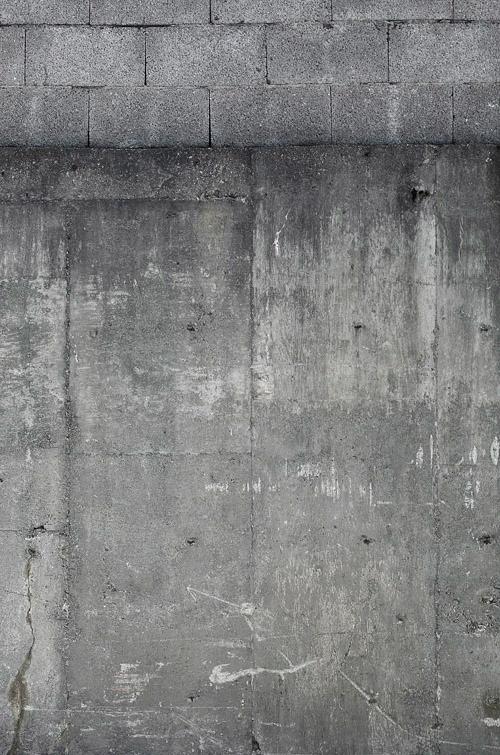








3 Skylight Having a skylight in the top of the offices area in the second story can provide more day light to the offices Colored glass is used to control the amount of light coming from the ceiling
One of the solutions implemented in the project is two large indoor courtyards This would provide day-lighting to the interior The is courtyard located in the middle of the building, the debrief rooms facing the courtyard on the first story, and the offices face the court yard on the second story
Courtyards
The rainwater harvesting system is comprised of a catchment area, storage tanks, filler, supply facilities, pipes and overflow units The stored water should be used for non-potable functions such as toilet flushing, washing hands, pavement cleaning, and irrigation
Rain Water Harvesting
South Section West Section The PV panels can be used on the roof in order to change sunlight directly to electricity The PV panel angles are very important to get the best result So for this location to get the greatest benefit, the PV should face south A movable system to follow the sun direction should also be created for the best benefits in this type of climate Active Solar References Awbi, H. B. (2015). Ventilation and air distribution systems in buildings. Frontiers in Mechanical Engineering, (4), 1. Daghigh R., Ruslan M. H., & Sopian K. (2015). Parametric studies an active solar water heating system with various types of PVT collectors. Sadhana 40 (7), 2177-2197. Dubois, M., Bisegna F., Gentile, N., Knoop M., Matusiak B., Osterhaus, W., & Tetri E. (2015). Retrofitting the electric lighting and daylighting systems to reduce energy use in buildings: A literature revie Energy Research Journal, 26-43. Kahoorzadeh A., Elnaz S., & Osivand S. (2014). Investigation of the usage of passive solar energy in Salamis road’s buildings, Famagusta. International Journal of Environmental Science and Development, (2), 132-137. Konkani, A., Oakley, B., Faimbe F. E., & Penprase B. (2014). Reducing Hospital ICU noise: behavior based approach. Journal of Healthcare Engineering, (2), 229-246 Matos, C., Santos, C., Pereira, S., Bentes I., Imteaz M. (2012). Rainwater storage tank sizing: Case study of commercial building. International Journal of Sustainable Built nvironment, (2), 109-118. Wu, S., & Xiong C. (2014). Passive cooling technology for photovoltaic panels for domestic houses. International Journal Low-Carbon Technologies, (2), 118-126. Ananthanarayanan P. N. (2013). Basic refrigeration and air conditioning New Delhi: McGraw-Hill Education (India). Brown, R. P., & Realty Pro Advisor (Firm). (2016). Learn the lingo of houses: Reference of real estate terms for today's industry professionals Cheyenne, WY: Queen Bee Publisher Inc. Lechner N. (2015). Heating, cooling, lighting: Sustainable design methods for architects Hoboken, New Jersey, NJ: John Wiley & Sons. Turner, W. C., Doty, S. (2006). Energy management handbook Lilburn, GA: Fairmont Press. Mcdowall R. (2007). Fundamentals of HVAC systems: SI edition Atlanta, GA: American Society of Heating, Refrigerating and Air-Conditioning Engineers eLearning. Simmons, J. P., & Mullin, R. C. (2017). Electrical wiring: Commercial Boston, MA: Cengage Learning
Natural Material Green Roof
http://www.columbiaforestproducts.com/
 Eman Nasrallah
Eman Nasrallah













































